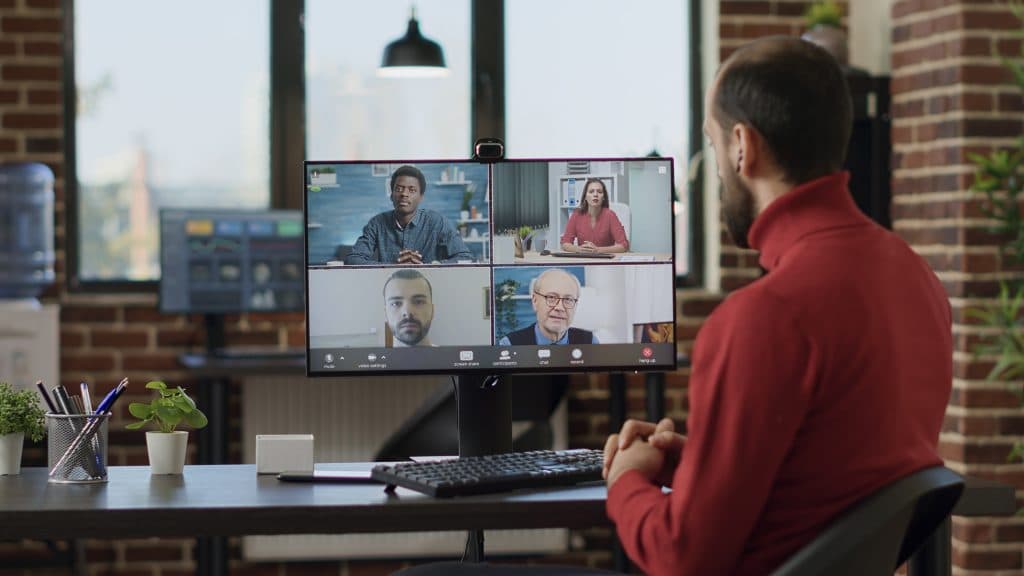Ways to Mitigate Tension Between UI/UX Designer and Developer
Discover effective strategies to ease tension between UI/UX designer and developer. Enhance collaboration with tips for smooth workflow..
In the tech world, it is extremely vital for UI/UX designer and developer to work together smoothly to create proper digital experience for users. However, they sometimes face challenges that can create tension and slow down a project’s progress. In this article, we’ll look into practical ways to mitigate tension and enhance collaboration between UI/UX designer and developer.
Consider Developers as The First Users
Designers constantly prioritize user’s needs and rightfully so. However, it is essential to consider the evolution of software development before reaching user’s hands. The initial vision of product experience always undergoes programming stage before becoming actual product.
Following this logic, it is apparent that developers are the first people using product design drafts. Integrating this perspective into your team’s practical workflow facilitates a more thoughtful approach to their tasks. This is particularly relevant to how UI designers and developers communicate with each other. Here are three immediate areas to consider:
Exchanging Documentation
UI/UX designers provide developers with various documents to build the interface. While developer’s task is making these ideas into reality, managing lots of information can become overwhelming. To ensure smooth collaboration, both teams should review how effectively they share files, communicate through comments and identify any areas for improvement, even the minor one.
Balancing Visual and Written Side
Design documentation can sometimes be extremely detailed on the visual side while sometimes it focuses heavily on the written side. While the right balance will always depend on a project’s nature, finding a middle ground is crucial for smooth communication between designers and developers. Identify what level of detail feels comfortable for each team, avoid information overload or leave crucial pieces missing and build your documentation from there.
No-UI Rules
Rules for non-visual interfaces are not new but they are still relatively recent for many people. Software products are progressively moving away from highly noticeable graphical user interfaces (GUIs) and embracing more subtle interaction patterns. It is crucial for designers to effectively convey the workings of No-UI rules within a system. This enables developers to integrate these rules and integrate them harmoniously with other elements or features of the product.
In essence, this initial phase revolves around coordination. The workflow of the design team needs to synchronize with that of the development team. The method of achieving this synchronization varies based on the team’s characteristics. You might want to establish a dedicated shared space for the project (such as a wiki), incorporate more documentation meetings into the process or implement specific rules regarding which use cases are documented and how. There is no easy answer here as this is more of an iteration and experimentation process.
Avoid Allowing Teams to Shifting Responsibility
Many individuals without a design background often think that the role of UI/UX designers finishes once all screens and documentation are completed. However, in reality, finalizing the design of a project represents only half of the effort. Today, UI/UX design emphasizes not just the screens but also the functionalities underlying them. It involves an ongoing and collaborative process that demands continuous and creative engagement.
On the other hand, developer works alongside designer and as the project progresses, new limitations and adjustments are unavoidable, especially with Quality Assurance (QA) involvement. Preserving the initial product experience becomes challenging at this point and there is a risk of shifting accountability (blaming one another for decisions).
To mitigate this risk, it is crucial to prioritize the experience over the design or the code. Both designer and developer actively pursue the shared goal of creating the best possible product even if it diverges from their initial visions – an acknowledged reality. Taking a project from the mockup stage to reality implies evolution and unlike material or visual elements, experiences can easily adapt as the project progresses
Embrace Changes
Since we’re discussing evolution, let’s delve into the concept of change, particularly the flexibility to accept and accommodate it. Given that designers and developers undertake distinct tasks to achieve shared goals, the workflow of both parties must adapt to the project’s unfolding nature. This inevitability should be acknowledged and embraced rather than resisted.
Designers need to be open to change, especially regarding documentation, as most projects necessitate modified or entirely new documentation from the outset. Custom software is not built twice and an adaptable workflow minimizes frustrations and enhances collaboration as the project advances.
Developers face their challenges, ranging from unforeseen technology constraints to sudden changes in release dates. Software engineers focus on the functional aspects but are integral to the project from start to finish. The outdated process of “design, send to development and launch to market” no longer applies. Both design and development are dynamic practices that must prioritize evolution. Technology and user preferences change, and it is everyone’s responsibility to adapt and grow accordingly.
Conclusion
In conclusion, in the constantly evolving landscape of digital design and development, the collaboration between UI/UX designer and developer is vital. By implementing effective strategies as mentioned before, teams can mitigate tension and enhance collaboration. As a result, it leads to succesful project outcome.
At 8seneca, our commitment is centered around providing specialized B2B services, with a primary focus on IT outsourcing solutions. Should you require IT outsourcing services, don’t hesitate to reach out to us. Furthermore, we are actively seeking Senior .NET/Angular Developers to join our team. Explore our recruitment center for detailed job descriptions and information on other career prospects within our organization.
Related Articles

Jul 22, 2025
Read more
The Cost of Hiring the Wrong Developer (and How to Avoid It)
A bad developer hire can cost you time, money, and trust. Here's how to spot red flags early—and avoid hiring the wrong developer.

Jul 16, 2025
Read more
How to Hire Remote Developers: Your Ultimate Guide
Hire remote developers with ease. Find where to locate top remote developers and vet them right in this guide.

Jul 14, 2025
Read more
CASE STUDY: Making Digital Screens Work Together Perfectly
8Seneca fixed Android display synchronization for a retail client with a simple, effective solution. Download the full case study.

Jul 08, 2025
Read more
Python for Business: How It Saves You Money and Time
Save money & time with Python development for your business. Learn how efficient Python software helps companies grow faster.

Jun 30, 2025
Read more
Digital Transformation for Business: What You Need to Know
Mastering digital transformation for your business. Get clear steps for tech adoption, growth, and a secure future.

Jun 25, 2025
Read more
The Ultimate Guide to Hiring Remote Developers for Your Tech Team.
Learn to hire remote developers successfully. Discover benefits, overcome challenges, and find top global tech talent with 8Seneca's guide.
